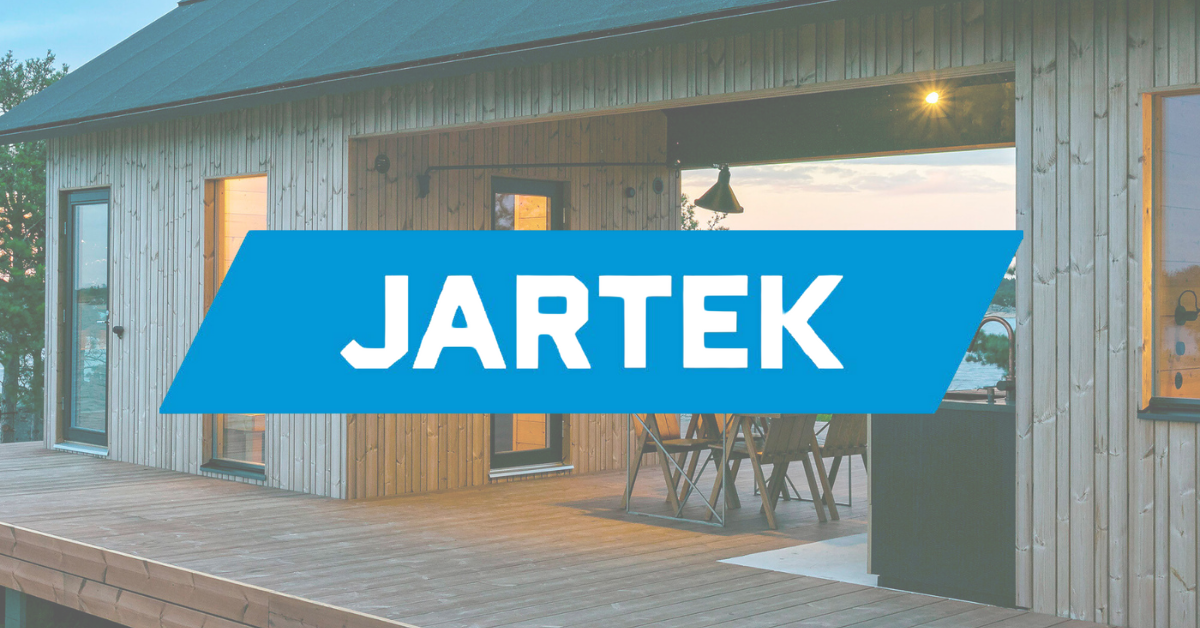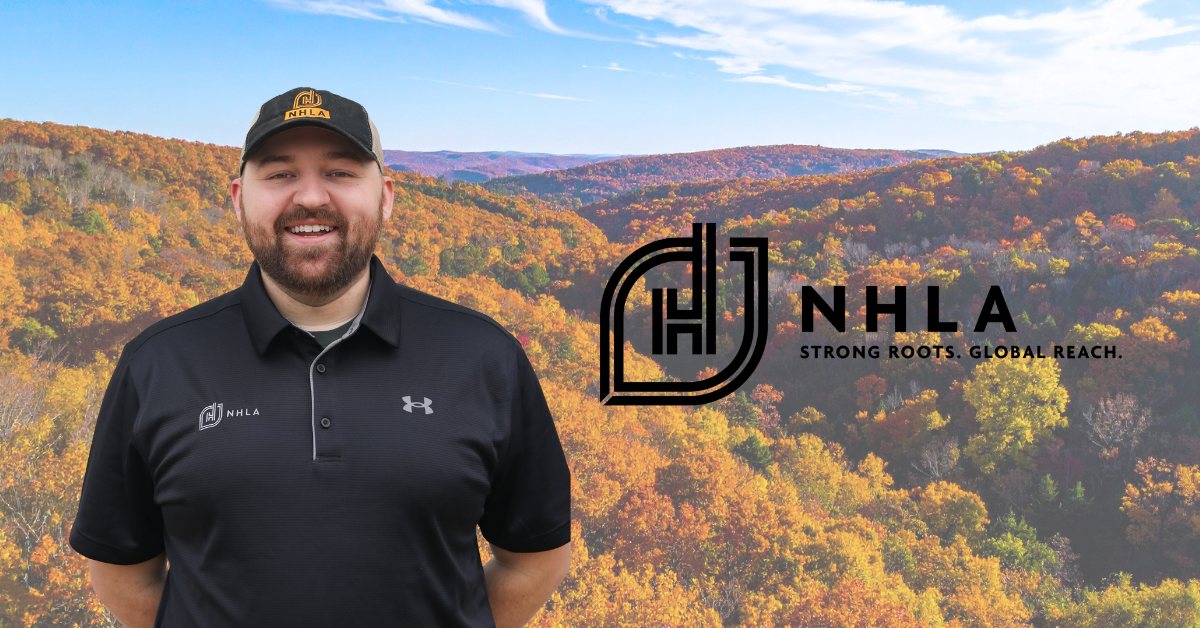The Imperfect Journey of Decision-Making
I have lived in Canada and the United States. I have experienced the difference between the two systems of government. It has given me a perspective that few enjoy and an appreciation that a perfect system doesn’t exist. Notice I didn’t say perfect government. It has also helped me to see that w e often have a dilemma regarding the best way forward whenever we make business decisions, change procedures, or support policies. We take that dilemma and decide how to solve it based on ROI (Return on Investment), EBITDA( Earning before interest, taxes, depreciation, and amortization), or non-financial factors such as environment and community. The different directions you can take seem like such a big decision, but they often lead to the same place. Nothing highlights the different ways to get to the same place more than the two times I experienced kidney stones.
The first time I had kidney stones, I lived in Vancouver, BC. I worked for FPInnovations, conducting contractor and consumer surveys while studying Wood Products Processing at The Uni- versity of British Columbia. I was sitting in my office entering survey results when suddenly I was hunched over in my chair with excruciating pain. I fell on the floor and couldn’t stand up straight. My boss, David Fell, heard me scream and rushed over. I had gone out to dinner the night before and eaten a lot of seafood, and I had surmised that I had food poisoning, but I had gone to work anyway. My pain tolerance was so high that I didn’t think anything of it until it became excruciating. I remember waiting for David to find someone in the building who had a car so he could take me to the university hospital.
My wife Sariah met me there, and we waited a short time in the emergency room for a doctor. Eventually, the doctor diagnosed me with kidney stones and handed me a filter. I was given a prescription for light painkillers and told to go home and filter my urine until a day after my pain stopped. That was it, no bill, no X-ray, no details. Two days later, I was okay and never used the filter to determine the size or number of stones. My wife had little sympathy for me even though everyone told her kidney stones were worse than childbirth; she had already given birth twice.
The second time I had kidney stones was ten years and five kids later. I lived in Camas, WA, and worked for the Western Wood Preservers Institute. I had driven to Vancouver, Canada, for a Wood Preservation Canada meeting and woke up in my hotel room in pain. I knew the symptoms and took a bunch of Advil and Tylenol as I had a presentation to give. I went to the afternoon meetings just in time to give my presentation and could barely stand behind the podium. Everyone told me I should go to the doctor, but I knew what the Canadian doctor would do, so I left the meeting and drove back to the USA. I remember having to pull over at a gas station right before the border to take a quick nap, as the pain was so bad I could hardly keep my eyes open. I got across the border, with the guard being no wiser of my pain.
I drove to the Bellingham, WA hospital and checked myself into emergency. I was in so much pain I couldn’t sit in a chair, but the nurses didn’t like me lying on the floor, so they hunched me over two chairs, and I waited an exorbitantly long time to see a doctor. They eventually took me back to a room where I stayed on a bed. I told them my self-diagnosis, and they gave me a painkiller and sent me for an X-ray. I had three stones, all less than 3mm in diameter. The practitioner explained that they only operate when the stones are 7mm or larger (roughly 3/8 an inch). I was given more drugs and discharged. I took Dilaudid, and because I was 5 hours from home and now drugged, I slept in my truck. My wife and daughter came and picked me up the following day, and I rode home unaware of when I passed the stones.
From these two experiences, I determined that one cost less and was quicker; the other cost more and took longer (and had more equipment) but gave me precise answers and better results. The outcome was the same. My point is there is no perfect system. You can’t always make perfect decisions. But the story’s moral isn’t about you or me or kidney stones. It is about those around us. The systems and people around us can’t make perfect decisions, don’t have the correct answers, or do things exactly how we want.
Not having a perfect system doesn’t mean you give up; you must continuously improve. There will be some pain; things may be out of our control, but when making hard decisions, we ultimately must keep progressing. This is why we must speak up as an industry. We shouldn’t let our pro-conservation, sustainable environment, strong rural community, and advanced business voices be drowned out by others. We must work with what we have and push for the changes we know would improve our environment, communities, and businesses. Often, in forestry, these are the same thing. That is one common ground we should build on.
Dallin Brooks
NHLA Executive Director
[email protected] | 360-823-3898
Share:
Related News & Blog

November 5, 2025

November 5, 2025
Questions?
Have questions or need any assistance regarding the NHLA Annual Convention & Exhibit Showcase?
